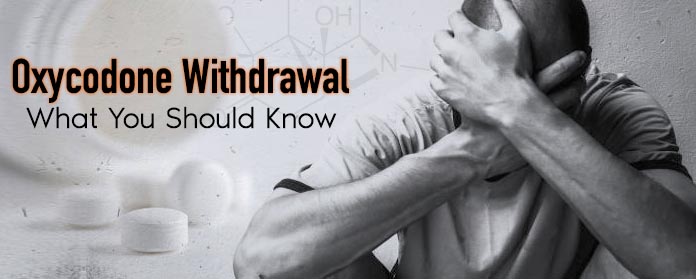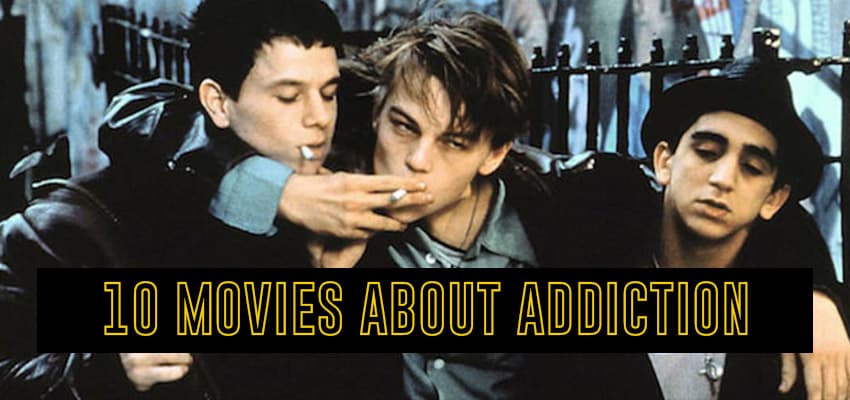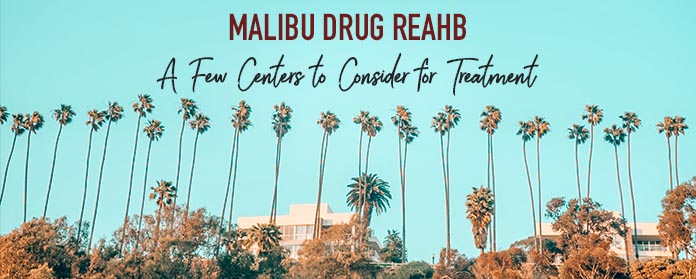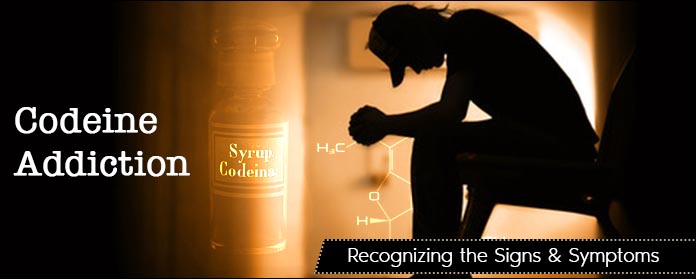[toc]
What You Should Know Abut Oxycodone Withdrawal
For oxycodone addicts, the worst parts of addiction is withdrawal.
This past year over 72,000 Americans have died of drug overdoses. This is an epidemic that’s claiming the lives of thousands and still, only a small percentage of addicts seek treatments.
for many, the one thing that keeps them from seeking treatment is the fear of withdrawal. This a deeply painful experience can make even the most determined addict go back to abusing drugs.
But what causes withdrawal? And how can you or a loved one survive withdrawal and get to recovery?
The answer is complicated so created a guide to help you understand everything you need to know about oxycodone withdrawal and how to survive it.
What is Oxycodone?
Before we go into what oxycodone withdrawal is let’s go over what oxycodone is for those who are unaware. Oxycodone is a long lasting painkiller that has a shelf of up to 12 hours.
It’s usually prescribed for severe chronic pain like cancer and arthritis. It’s usually prescribed in dosages of 10 to 80mg.
Though Oxycodone has serious potential to be abused it can also be a lifesaver for people in hospice and for people who suffer from severe chronic pain.
Oxycodone is also referred to by other names including:
- Roxicodone- This is a rapid release form of Oxycodone. It is usually administered to people going into surgery or having a major medical procedure. This kind of oxycodone has the most potential to be abused and can be easily melted or crushed.
- OxyContin- Oxycontin aka oxy is also the most commonly prescribed and it is supposed to provide round the clock pain relief for 12 hours. It is unfortunately easy to abuse and many users snort or inject it to get an immediate high.
- Percocet- This is one of the most dangerous types of Oxycodone. It contains Tylenol or acetaminophen prolonged use of this can be can be dangerous for your liver.
One of the things that makes oxycodone so addictive thebaine the main ingredient found in opium. This makes it chemically similar to Heroin and Morphine.
What is Oxycodone Addiction?
With addiction, it’s difficult to know when dependency stops and serious addiction begins.
Generally, recreational use usually involves taking more than the prescribed amount to feel intense euphoria every so often. If the user doesn’t crave the drug this use isn’t classified as an addiction.
Eventually, these actions may spiral into dependence this usually entails craving the drug and building up a tolerance to the drug. Lastly, addiction may cause you to move to a stage where you put the drug before everything including your health and safety.
Addiction is a chemical dependence on a substance that causes you to disregard everything in your life for the drug.
What Causes Oxycodone Withdrawal?
These symptoms can occur in any person that’s taken an addictive substance. The process involves the brain’s reward system. The brain releases dopamine when you take oxycodone the triggers the pleasure center of the brain leading to a euphoric feeling.
After taking the drug for a long time the pars of the brain that release dopamine builds up a tolerance to the drug. Once you stop taking the drug that center of the brain abruptly stops producing dopamine causing you to feel irritable and depressed.
This affects addicts to any kind of substance. For example, A similar process happens with alcoholics once they quit drinking.
Symptoms of Oxycodone Withdrawal
Usually, the symptoms vary depending on the length of time you’ve been taking the drug and how frequently you take it.
Most moderate Oxycodone users report that the beginning stages of withdrawal are a lot like having the flu. After this, the symptoms of withdrawal start to escalate around 6 to 30 hours after the last oxycodone use.
Then the early oxycodone withdrawal symptoms begin these symptoms can be mild from yawning to having a runny nose. Then the symptoms progress to sweating and muscle aches and anxiety.
Later the more dangerous and unpleasant symptoms come into play. These oxycodone withdrawal symptoms include vomiting and diarrhea, cramps, chills and pupils that are dilated.
How long this process varies from person to person usually it takes from several days to a week for the serious symptoms to stop.
Dangers of Withdrawal
Though withdrawal can make you feel like your dying it’s usually not life-threatening. Unfortunately, there are serious complications that can occur once you’ve started withdrawal.
And those complications could kill you.
Once diarrhea and vomiting start you become at severe risk of dehydration especially if you can’t take in any fluids.
If you throw up then accidentally breath the contents into your lungs this can cause a lung infection like pneumonia or it can cause you to choke.
Though these symptoms may be rare they can kill you so you may require a doctor or nurse to monitor you as you detox.
The most serious symptom of withdrawal you could experience after your withdrawal.
In fact, most oxycodone deaths happen after the addict has gone through withdrawal. This is because after withdrawal your tolerance for the drug is reduced this makes oxycodone overdose common after detox.
How to Ease Withdrawal Symptoms
If you struggle with oxycodone addiction and symptoms of withdrawal there are medications that you can take to ease the process. One of the most common is the drug clonidine.
Do you Want Help With Recovery
Oxycodone withdrawal is one of the most painful things you can experience but once you’ve completed it you may have a new lease on life. If you want to start your recovery journey contact us today.






